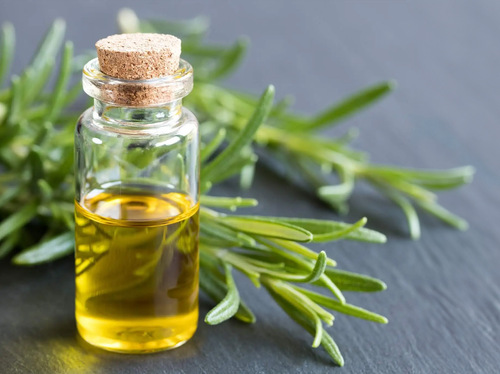ROSMARINUS OFFICINALIS L.
Salvia rosmarinus, commonly known as rosemary, is a fragrant, evergreen, needle-leaved shrub with white, pink, purple or blue flowers, native to the Mediterranean region. Until 2017, it was known as Rosmarinus officinalis.
Today, this name is accepted as a synonym. It is a member of the mint family Lamiacea, which includes many medicinal and culinary herbs.
The name "Rosmarinus" derives from the Latin "ros marinus" ("sea dew").
The plant is sometimes also called ἄνθος (anthos) in ancient Greek, meaning "flower". Rosemary has a fibrous root system. Because it is attractive and drought-resistant, rosemary is used as an ornamental plant in gardens and for xeriscape landscaping, especially in areas with a Mediterranean climate.
It is considered easy to grow and pest resistant. Rosemary grows quite large and retains its attractiveness for many years, can be pruned into formal shapes and low hedges and has been used for topiary. It is easily grown in pots.
Ground cover cultivars are widely spread over a large area with a dense and hardy texture. Rosemary grows in loamy soils with good drainage in an open, sunny position. It does not withstand waterlogging and some varieties are sensitive to frost. It grows best in neutral to alkaline conditions (pH 7-7,8) with average productivity. Propagated from an existing plant by clipping 10-15 cm (4-6 in) long by stripping a few leaves from the bottom (soft, from the shoot) and sown directly into the soil.








